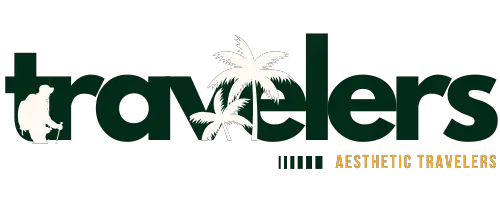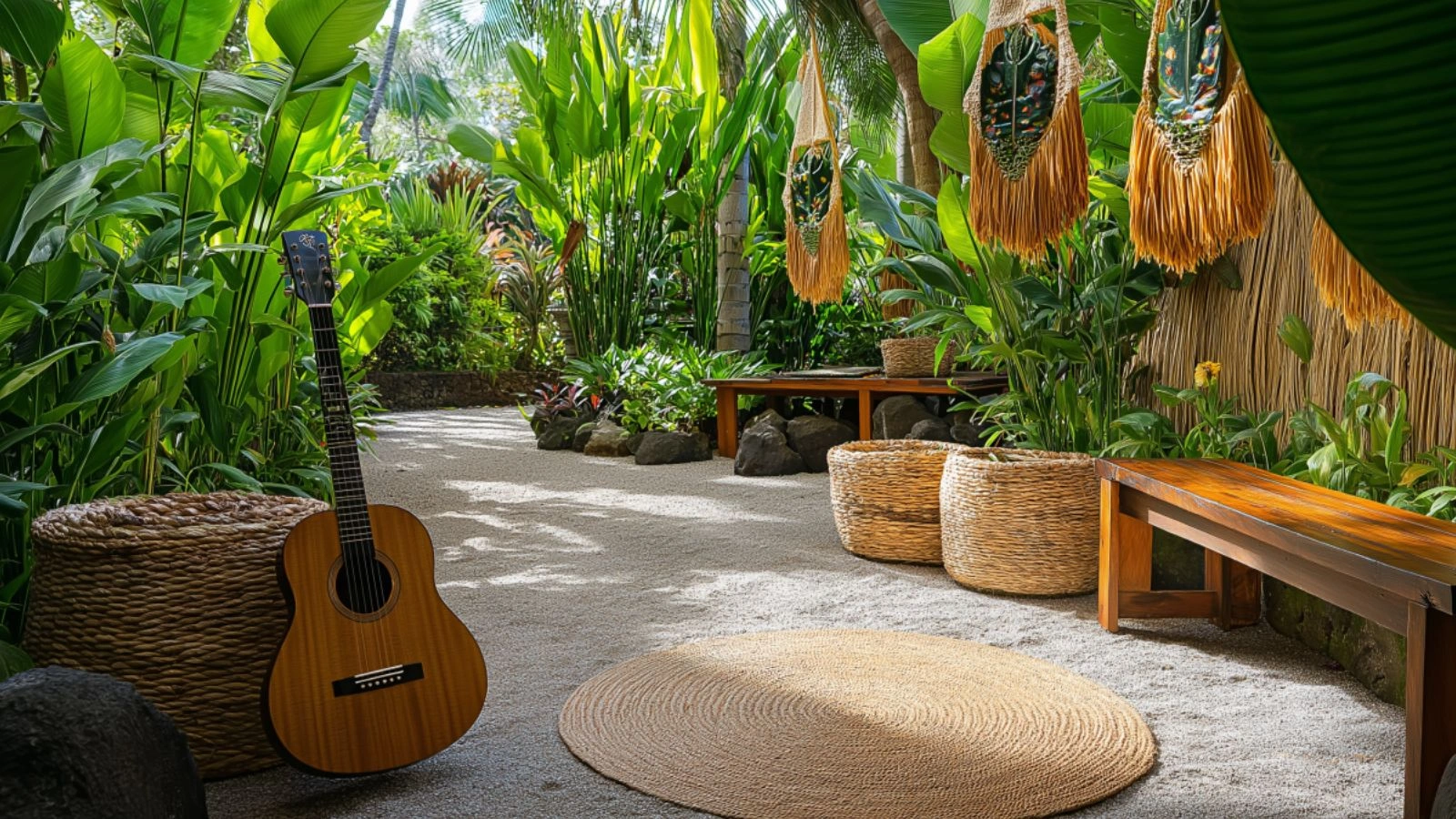Cultural Experiences in Waikiki, Hawaii: A Guide to Discovering Authentic Island Traditions
Table of Contents
Waikiki may be famous for its sun-soaked beaches and luxury resorts, but beneath the surfboards and skyline lies a vibrant cultural heart waiting to be explored. In fact, Waikiki was once a royal retreat for Hawaiian aliʻi (chiefs and royalty), and its significance reaches far beyond postcard-perfect sunsets.
For those seeking more than just sand and surf, Waikiki offers rich opportunities to engage with native Hawaiian traditions, from sacred landmarks and storytelling to traditional music, food, and craftsmanship. These cultural moments give visitors a deeper appreciation for the land (ʻāina), people (kānaka), and values (pono) that continue to shape modern Hawaii.
In this blog post, we’ll guide you through the most enriching cultural experiences in Waikiki, Hawaii. You’ll discover places to witness authentic hula performances, learn the history behind ancient sites, taste local flavors that tell a story, and connect with the island’s living heritage. Whether you’re a curious traveler or a returning guest hoping to see Hawaii through a deeper lens, Waikiki has cultural gems woven into every corner—if you know where to look.
Witness a Traditional Hula Show at Kuhio Beach Hula Mound
One of the most accessible and authentic ways to engage with Hawaiian culture in Waikiki is to attend a traditional hula performance at the Kuhio Beach Hula Mound. Set against the backdrop of the ocean and framed by torches and palm trees, this open-air venue offers free hula shows several nights a week.
These performances aren’t just for entertainment—they’re cultural expressions steeped in history and storytelling. Hula was once banned by missionaries, yet it endured as a form of resistance and preservation. Today, you’ll witness both kahiko (ancient hula, accompanied by chanting and drums) and ʻauana (modern hula, danced to ukulele and guitar).
Often led by respected kumu hula (hula teachers), these events include introductions that explain the meaning of the dances, chants, and traditional instruments like the ipu (gourd drum).
Kuhio Beach Hula Show Details:
| Feature | Details |
|---|---|
| Location | Kuhio Beach Hula Mound, near Duke’s statue |
| Schedule | Tuesday, Thursday, Saturday evenings (weather permitting) |
| Cost | Free |
| Tip | Arrive early for best seating on the grass |
MidJourney Prompt – Oceanfront hula performance stage at sunset with tiki torches, woven mat on grass, palm trees, and traditional Hawaiian instruments, no people –ar 16:9
Visit the Royal Hawaiian Center for Cultural Activities
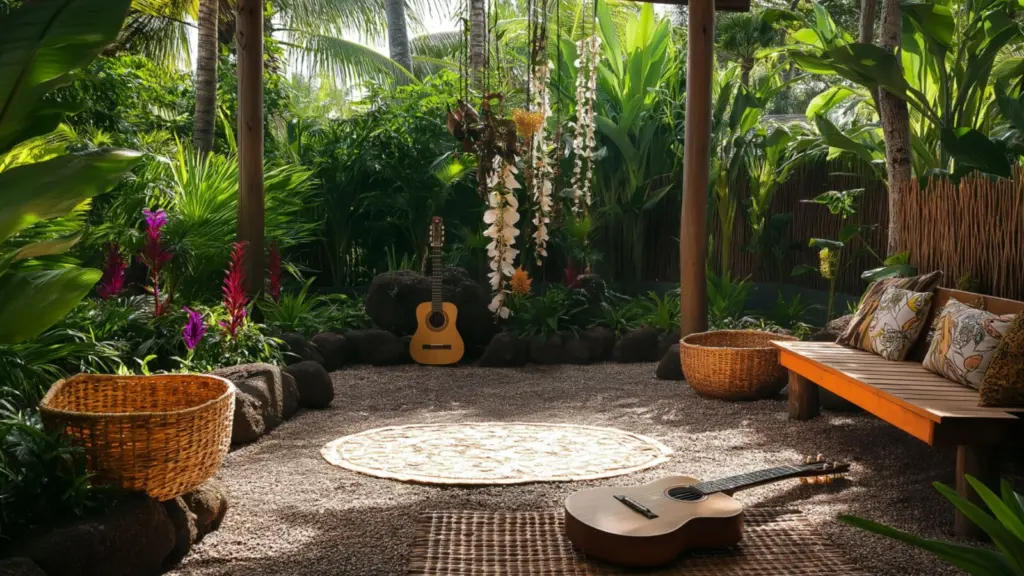
Tucked between luxury stores and bustling sidewalks, the Royal Hawaiian Center serves as both a shopping destination and a hub of cultural education. Their Royal Grove, once used by Hawaiian royalty for meditation and gatherings, is now a peaceful, green oasis where traditional arts come to life.
The center offers daily free cultural classes designed to preserve and share Hawaiian heritage. Visitors can try their hand at lei making using fresh plumeria and ti leaves, learn the rhythm of the pahu drum in hula workshops, or string together stories with lauhala weaving. These classes are taught by knowledgeable local artisans who explain the cultural importance behind each practice.
One of the most unique offerings is the ʻukulele lesson, where you learn basic chords and traditional Hawaiian songs. Whether you’re a seasoned musician or a beginner, the joy of strumming the sounds of the islands connects you to the spirit of aloha.
Royal Hawaiian Center Cultural Offerings:
| Experience | Time/Details |
|---|---|
| Lei Making | Midday classes (check calendar) |
| ʻUkulele Lessons | Free sessions with provided instruments |
| Hula Dancing | Basic footwork and hand gestures for all ages |
| Laulima Crafts | Try traditional arts like lauhala weaving |
Tour the Queen Kapiʻolani Statue and Learn Her Legacy
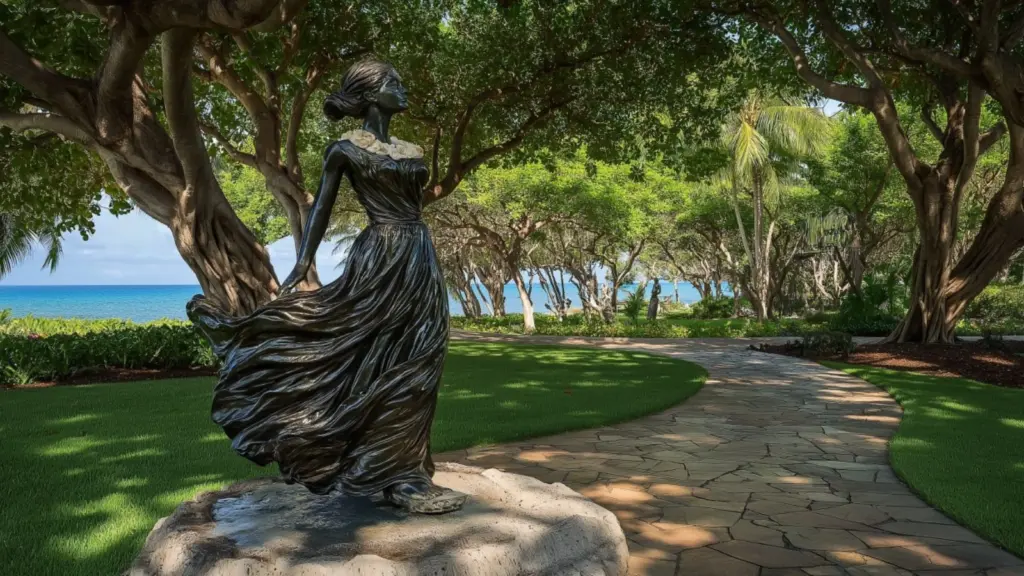
Standing gracefully in the park that bears her name, the statue of Queen Kapiʻolani serves as both a visual tribute and a gentle reminder of the powerful women who shaped Hawaii’s history. Married to King Kalākaua, Queen Kapiʻolani was deeply committed to the health and welfare of her people.
Located on the edge of Kapiʻolani Park—the largest public park in Honolulu—the statue is surrounded by trees, banyan roots, and walking paths, making it a contemplative stop for history lovers. Nearby plaques describe her contributions, including founding the Kapiʻolani Medical Center and advocating for public education.
The area around the statue also holds significance. Kapiʻolani Park itself was gifted to the people and remains a cherished communal space for festivals, outdoor concerts, and peaceful strolls.
Queen Kapiʻolani Legacy at a Glance:
| Contribution | Impact |
|---|---|
| Health Advocacy | Founded hospital for Hawaiian women and children |
| Cultural Preservation | Supported Hawaiian arts and education |
| Community Land | Park gifted for public recreation |
| Monument Location | Kapiʻolani Park, east of Waikiki Beach |
Dine on Traditional Hawaiian Cuisine at Helena’s Hawaiian Food
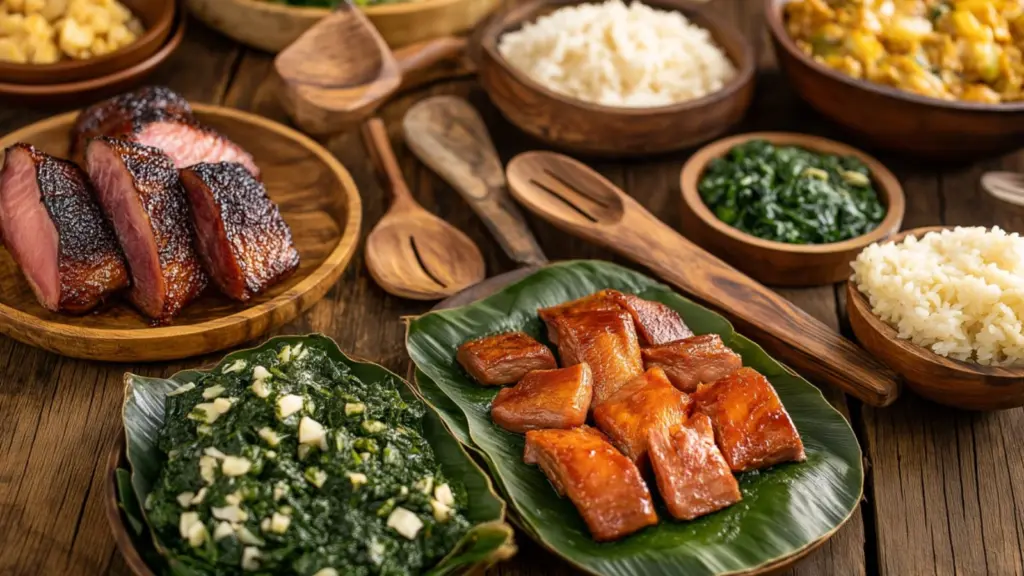
While many Waikiki restaurants cater to modern palettes, Helena’s Hawaiian Food offers an authentic taste of old Hawaii. Located just outside Waikiki, this James Beard award-winning institution has been serving traditional Hawaiian dishes since 1946.
Here, food becomes a cultural experience. Staples like kalua pig (slow-cooked in an underground imu oven), lomi salmon, and pipikaula (dried beef short ribs) reflect ancient cooking methods and deep respect for land and sea. The flavors are bold, earthy, and comforting—each bite a journey through time.
The setting is humble, but the connection to history is rich. Meals are served with poi (taro paste) or rice, and diners are encouraged to mix flavors, listen to Hawaiian music playing softly, and embrace the communal spirit that’s central to island culture.
Cultural Dining Experience:
| Dish | Cultural Significance |
|---|---|
| Kalua Pig | Cooked in an imu, symbol of celebration |
| Poi | Staple food made from taro, a sacred plant |
| Lomi Salmon | Fusion of Native Hawaiian and Western influence |
| Pipikaula | Traditional Hawaiian-style beef jerky |
Explore the Healing Grounds of Kawaiahaʻo Church and Mission Houses Museum
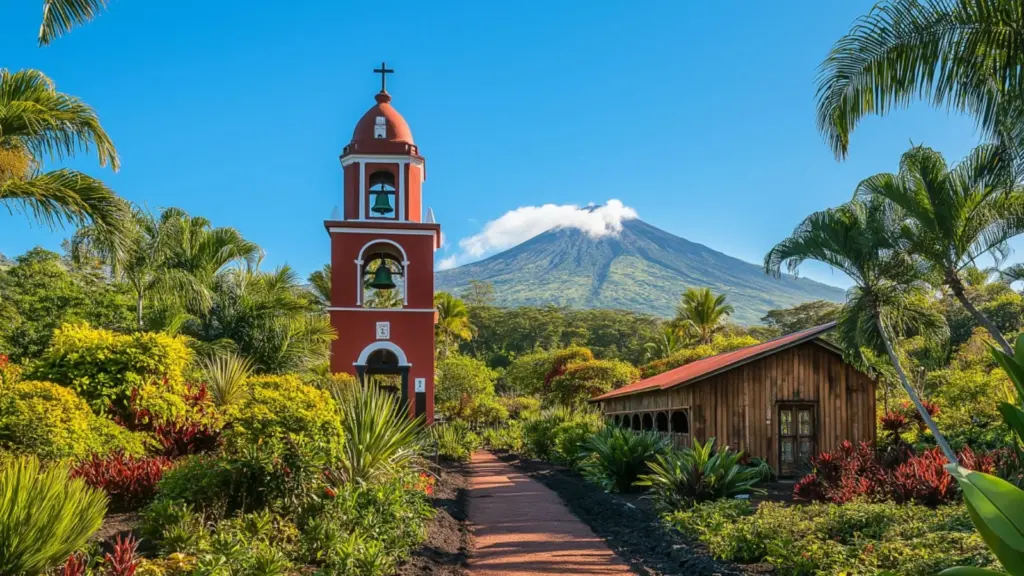
While it lies just beyond the borders of Waikiki proper, a short journey to Kawaiahaʻo Church and the nearby Hawaiian Mission Houses Historic Site offers one of the most immersive cultural experiences available. Known as the “Westminster Abbey of Hawaii,” this church was built in the 1800s using coral rock and once served as the spiritual and political center of the Hawaiian Kingdom.
The Mission Houses Museum provides context to the arrival of Christian missionaries in the islands and their complex impact on Hawaiian culture. Original 19th-century buildings, artifacts, and letters offer insight into how native Hawaiians navigated cultural change while preserving their identity.
Visitors can participate in guided tours and special events, including oli (chant) workshops and storytelling sessions that bring Hawaiian oral traditions to life.
Kawaiahaʻo and Mission Houses Cultural Table:
| Landmark | Historical Role |
|---|---|
| Kawaiahaʻo Church | Royal chapel, coral-block architecture |
| Mission Houses | Early literacy and Western education site |
| Events & Workshops | Chants, language, and storytelling experiences |
| Accessibility | 15-minute drive or bus ride from Waikiki |
Take a Surf Lesson and Learn the Legacy of Duke Kahanamoku
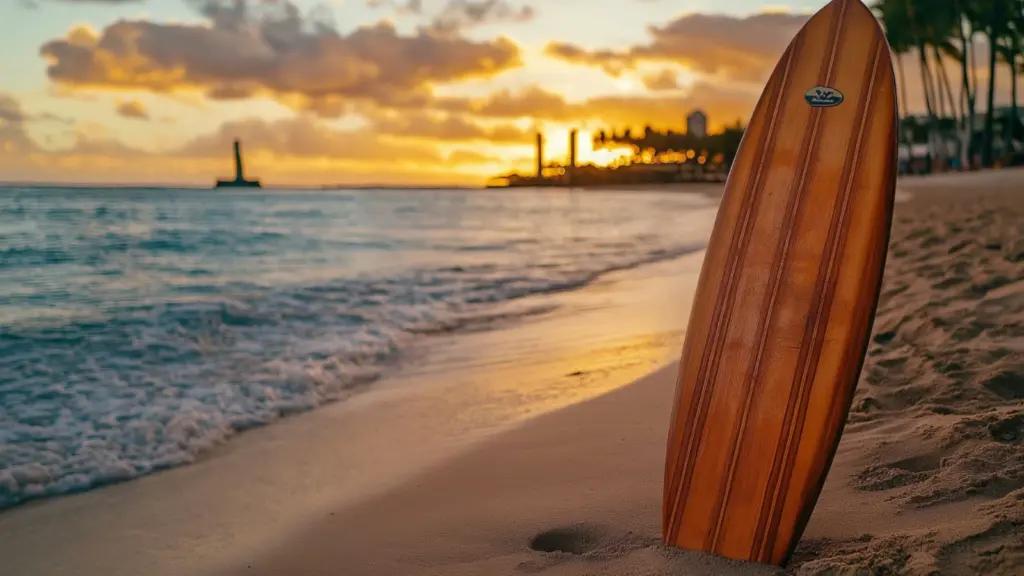
You can’t talk about culture in Waikiki without honoring Duke Kahanamoku—Olympic champion, father of modern surfing, and beloved Hawaiian icon. His statue stands proudly along Waikiki Beach, draped in leis and surrounded by stories of aloha.
But Duke’s legacy goes far beyond sport. He embodied the spirit of Hawaiian hospitality, often teaching visitors how to surf, paddle, and respect the ocean. Taking a surf lesson in Waikiki is not just about learning technique—it’s about connecting to the water the way Hawaiians have for centuries.
Surf schools along the shore emphasize ocean safety, cultural awareness, and traditional surfing etiquette. Lessons are often held right near Duke’s statue, on gentle rolling waves ideal for beginners.
Whether you’re standing up for the first time or just paddling into the surf, the experience is equal parts thrilling and soulful. The moment you catch your first wave in Waikiki, you join a tradition that’s been passed down through generations.
Surfing in Waikiki:
| Element | Cultural Connection |
|---|---|
| Surfboard | Wooden boards traditionally carved by hand |
| Ocean (Kai) | Sacred space in Hawaiian belief |
| Duke’s Legacy | Promoted surfing as cultural diplomacy |
| Surf Schools | Emphasize respect and stewardship |
Conclusion
Waikiki isn’t just a beachfront resort district—it’s a living museum of Hawaiian culture, wrapped in ocean breeze and radiant sunsets. From traditional hula shows to surf lessons inspired by a local legend, every cultural experience adds a layer of meaning to your visit.
Whether you’re stringing a lei in a shaded grove, sampling centuries-old recipes, or tracing the footsteps of Hawaiian royalty, Waikiki invites you to go beyond the beach and discover the heartbeat of the islands. These moments of connection and reverence offer more than memories—they provide a deeper understanding of Hawaii’s enduring spirit.
